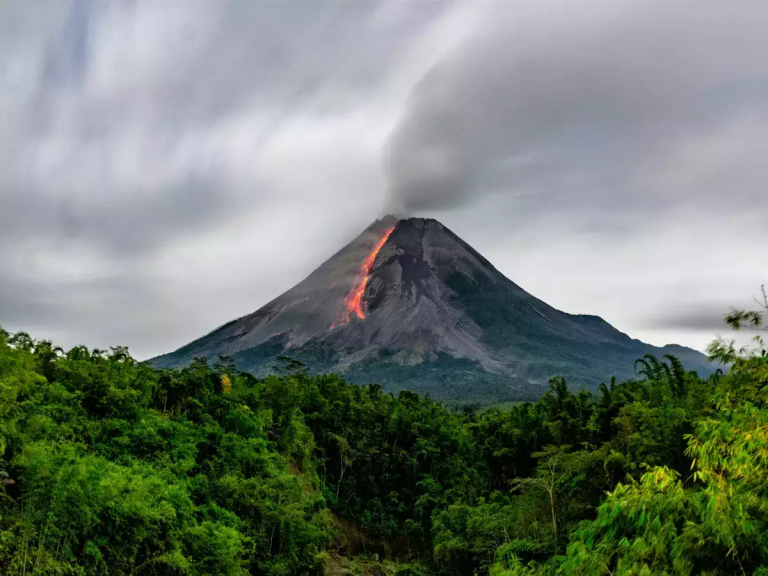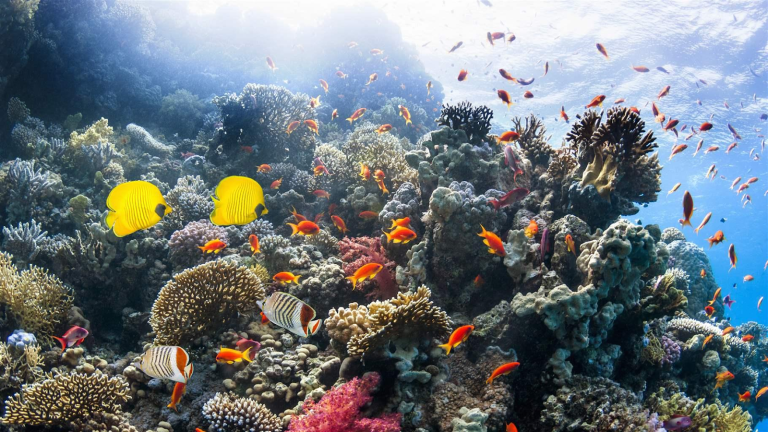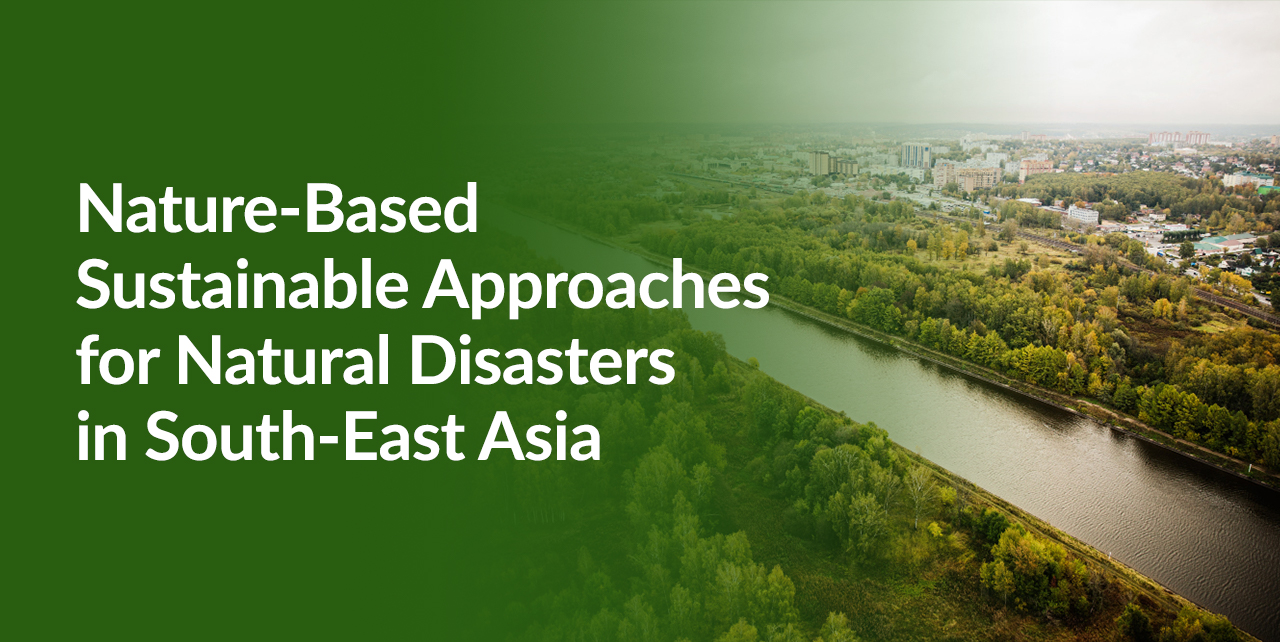Natural disasters are an unavoidable reality in many parts of the world, and South-East Asia is no exception. With its unique geography and proximity to tectonic plate boundaries, the region faces a variety of natural disasters, including volcanic eruptions, tsunamis, earthquakes, and floods. However, amidst these challenges lie opportunities to implement nature-based sustainable approaches that not only mitigate the impacts of disasters but also contribute to long-term resilience and environmental conservation.
Harnessing the Earth's Fury
Volcanic eruptions pose significant threats to communities living in the vicinity. The expulsion of ash, lava, and gasses can cause widespread destruction of property and infrastructure, as well as endanger lives. While volcanic eruptions are inherently difficult to predict or prevent, there are environmentally conscious approaches that can help mitigate their impact.
In Indonesia, Mount Merapi stands as a prominent example of how communities can adapt to living with volcanoes. The indigenous communities surrounding the volcano have developed traditional knowledge and practices that help them coexist with the natural phenomenon. For instance, they have established early warning systems based on the behavior of animals, such as birds and snakes, which are sensitive to changes in the environment preceding an eruption. Additionally, reforestation efforts on the slopes of Mount Merapi help stabilize the soil, reducing the risk of lahars (volcanic mudflows) during eruptions.

Taming the Tides and Shifting Grounds
South-East Asia is prone to tsunamis and earthquakes due to its location along the Pacific Ring of Fire. These events can result in catastrophic loss of life and infrastructure. Implementing organic solutions can complement traditional engineering approaches and enhance resilience in coastal communities.
Coral reefs act as natural barriers that can help reduce the impact of tsunamis on coastal areas. Studies have shown that healthy coral reefs can absorb up to 97% of a wave’s energy, nullifying its force before it reaches the shore. In Thailand, the restoration of coral reefs following the 2004 Indian Ocean tsunami has been recognized as an effective strategy for coastal protection. By preserving and restoring coral reefs, communities can mitigate the impacts of tsunamis while also preserving biodiversity and supporting livelihoods dependent on marine resources.

Flowing Towards Sustainability
Floods are a recurring phenomenon in South-East Asia, often intensified by rapid urbanization, deforestation, and climate change. Traditional drainage systems can be overwhelmed during heavy rainfall, leading to the overflow of urban areas. Eco-friendly solutions offer sustainable alternatives for flood management and resilience building.
Tokyo, Japan, is renowned for its innovative approach to flood management, which integrates nature-based solutions with traditional infrastructure. The city features an extensive network of canals and underground reservoirs designed to channel excess rainwater away from urban areas. Additionally, Tokyo’s commitment to green infrastructure, such as parks and permeable pavements, helps absorb rainfall and reduce surface runoff. One notable example is the Sunamachi Water Reclamation Center, where treated wastewater is utilized for irrigation and recreational purposes, reducing the strain on freshwater resources while enhancing resilience to floods.

Based on these initiatives, it is clear that nature-based solutions provide a ray of hope in the face of South-East Asia’s environmental concerns. Now, more than ever, we must glorify and follow these exemplary efforts. We can reduce the effect of natural disasters while also paving the road for a more sustainable future by adopting eco-friendly practices and combining traditional wisdom with modern innovation.
Let’s embrace the power of nature-inspired solutions to chart our course towards resilience and sustainability, creating a legacy of harmony between humanity and the environment.


